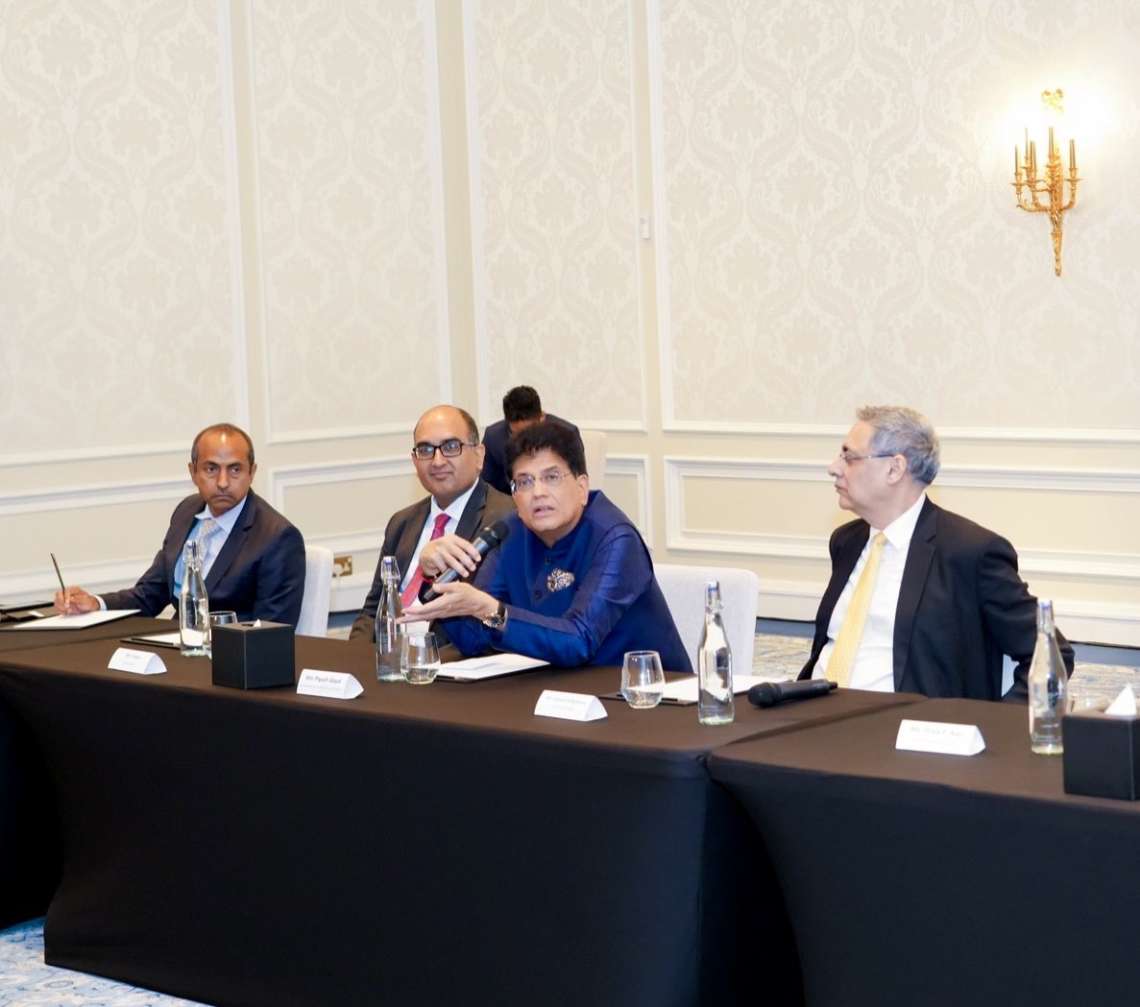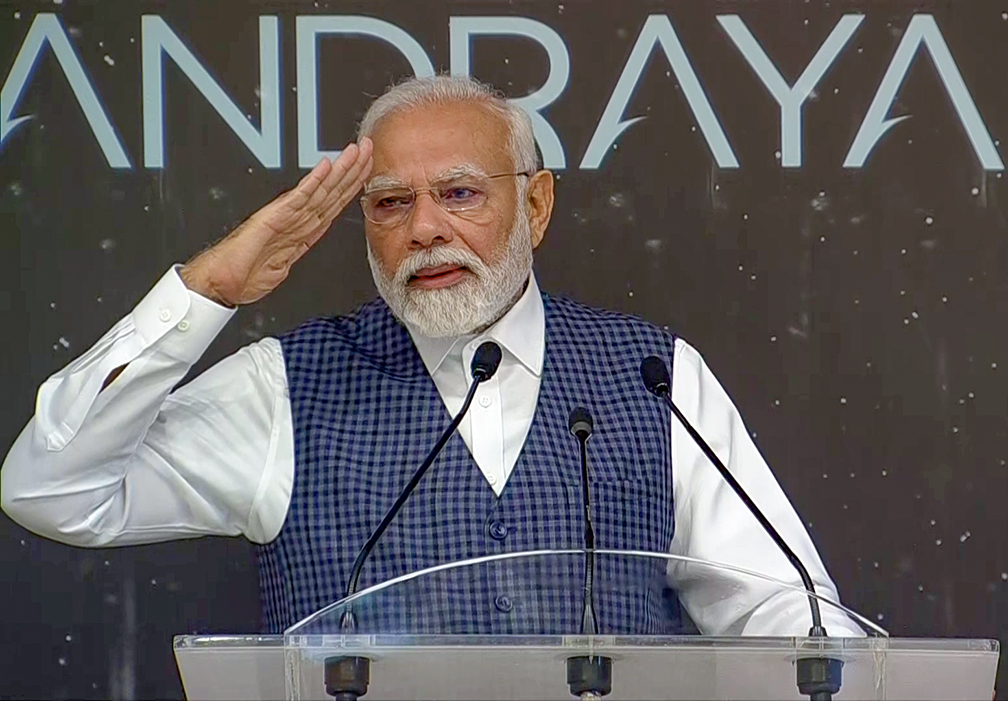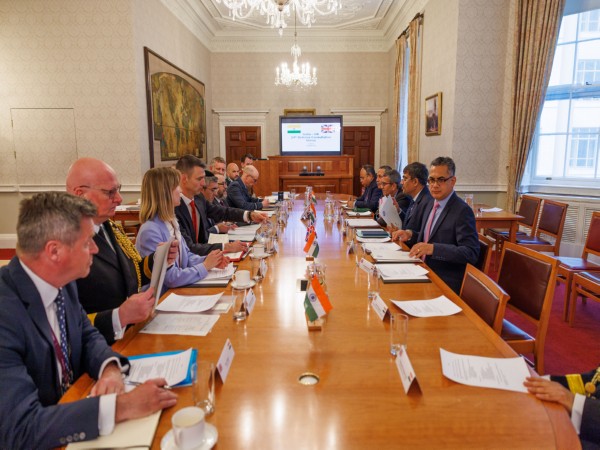This is the first decline in any quarter this year…reports Asian Lite News
Economic headwinds, poor consumer demand, and market uncertainties led to a 8 per cent decline in ‘Make in India’ smartphone shipments (year-over-year) in the third quarter (Q3) this year to reach over 52 million units, a new report said on Tuesday.
This is the first decline in any quarter this year. OPPO led the ‘Make in India’ smartphone shipments with a 24 per cent share, followed by Samsung and Vivo.
Bharat FIH remained the top electronics manufacturing services (EMS) player in terms of smartphone shipments and among the Indian players, Dixon emerged as the top smartphone EMS provider, according to Counterpoint Research.
“Two major forces impacted the growth of smartphone shipments. First, the decline in consumer demand, especially in the entry-level segment, due to the negative macroeconomic indicators. Second, the high channel inventory at the start of the quarter also impacted the manufacturing during the quarter,” senior research analyst Prachir Singh said.
The country’s smartphone manufacturing ecosystem continues to grow with almost 63 per cent of such shipments coming from in-house manufacturers and 37 per cent from third-party EMS players.
BYD and Lava were the fastest-growing manufacturers in terms of smartphone shipments.
“We will continue to see PLI disbursements in subsequent quarters, which will add to the local manufacturing landscape. Overall, the manufacturing trend is witnessing an upward trajectory with multiple partnerships, like the ones between Tata Group and Wistron and between Foxconn and Vedantam,” Singh added.
On the government’s focus, research analyst Priya Joseph said that on the regulatory front, despite the adverse global climate, the Indian smartphone market has remained resilient.
“The government’s efforts to bring about a supply chain shift and make India a manufacturing hub with constant policy interventions in the form of PLI schemes has helped the country to attract major global players across the value chain,” said Joseph.
Further, the government is actively pursuing the target of expanding the local value addition from the present 17-18 per cent to 25 per cent in the near future.
The report said that going forward, the manufacturing volumes will grow with an increasing focus of the original equipment manufacturers (OEMs) to export to other countries.














